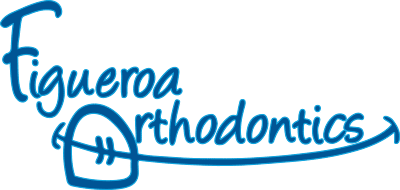Brushing and Flossing
It’s more important than ever to brush and floss regularly when you undergo orthodontic treatment, so your teeth and gums remain healthy. Patients who do not keep their teeth clean may require more frequent visits to the dentist for a professional cleaning. Adults who have a history of gum disease should also see their family dentist or periodontist more regularly during orthodontic treatment. Learn more about recommended brushing and flossing techniques here.
Eating with Braces
What can you eat? Let’s talk about what you shouldn’t eat! For the first day or so, eat soft foods. Avoid tough meats, hard crusty breads, and raw vegetables. Before long, you’ll be able to bite normally but you’ll need to protect your orthodontic appliances when you eat for as long as you’re wearing braces.
Foods – The Do’s & Don’ts
Foods to avoid with braces:
• Chewy foods — bagels, licorice
• Crunchy foods — popcorn, chips, ice
• Sticky foods — caramel, taffy, and other sticky candies
• Hard foods — nuts, hard candies
• Foods that require biting into — corn on the cob, apples, carrots (you can still eat these things, you will just need to cut them in to smaller more manageable pieces!)
Foods you CAN eat with braces:
• Dairy — soft cheese, pudding, milk-based drinks
• Breads — soft tortillas, pancakes, muffins without nuts
• Grains — pasta, soft cooked rice
• Meats/poultry — soft cooked chicken, meatballs, lunch meats
• Seafood — tuna, salmon, crab cakes
• Vegetables — mashed potatoes, steamed spinach, beans
• Fruits — applesauce, bananas, fruit juice
• Treats — ice cream without nuts, milkshakes, Jell-O, soft cake
General Soreness
When you get your braces on, you may feel general soreness in your mouth and teeth may be tender to biting pressures for 3 – 5 days. The lips, cheeks and tongue may also become irritated for one to two weeks as they toughen and become accustomed to braces. We will supply wax to put on irritated areas to lessen discomfort.
Loosening of Teeth
This is to be expected throughout treatment. Don’t worry! It’s normal. Teeth must loosen first so they can move. The teeth will firm up in their new — corrected — positions after treatment is completed.
Loose Wire or Band
Don’t be alarmed if a wire or band comes loose. This happens occasionally. If a wire sticks out and is irritating, use a blunt instrument (eraser end of a pencil) and carefully, gently push the irritating wire back into place or simply get it out of the way. If irritation to the lips or mouth continues, place wax or wet cotton on the wire to reduce the annoyance. Call our office as soon as possible for an appointment to check and repair the problem.
Rubber Band Wear
To successfully complete orthodontic treatment, patients must work together with the orthodontist. In many instances the teeth and jaws can only move toward their corrected positions if the patient consistently wears the rubber bands or other appliances as prescribed. Lack of cooperation following instructions and damaged appliances lengthen the treatment time, so please follow instructions.
Athletics
If you play sports, it’s important you let us know. A protective mouthguard is provided for playing contact sports.







